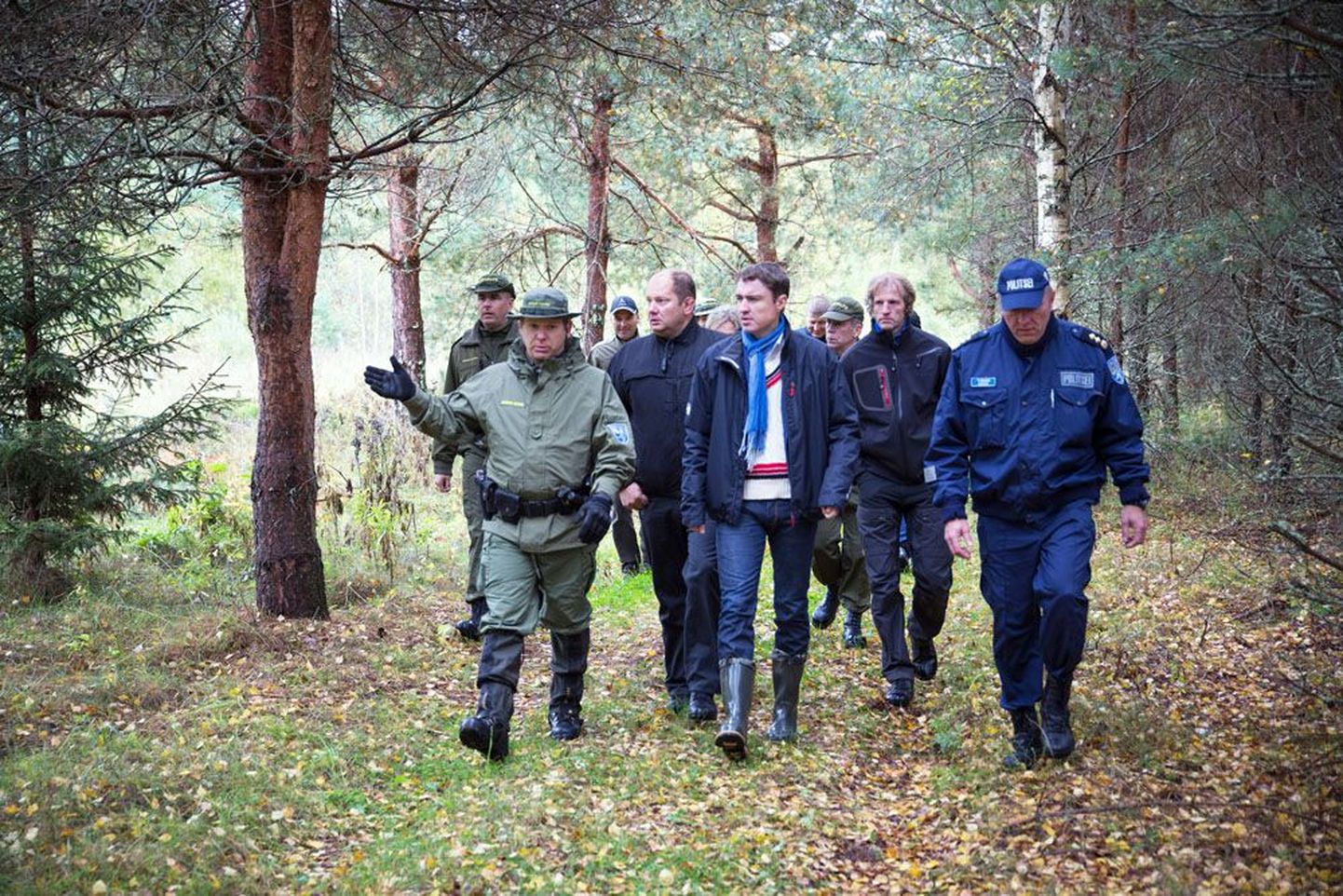According to Mr Rõivas, there are lots of differing technical solutions which are much more effective than a fence no matter how high. «The goal is clear – the entire Eastern border needs to be completed, and equipped with the most contemporary technology,» he said.
According to Mr Pevkur, it would actually be easier to mark the border in cooperation with Russia, after the border treaty gets ratified.
«But even if the border treaty finally gets ratified, the changes to border line will be very minimal,» said interior minister. «This border line will be the same and there are just some very short sections of the border which will, after the treaty gets ratified, be given to Russia or obtained by Estonia. Even it, at the bilateral and more precise marking, there will be shifts of a couple of metres, that will in no wise alter the area cleaned up in the Estonian side.»
Mr Pevkur added that already in the spring €200,000 were allocated to improve mobility of border guards in swampy areas, followed by another near-million euros for new weapons, bullet proof vests, and improvements of other protection equipment. Narva border point construction is already underway, and will cost €9m.
Yesterday, the interior minister handed to Piusa cordon head Valmar Hinno the first Walther pistol – as all other border guards soon stand to receive. Alas, till this day the guys guard the border with old Makarov pistols on their hips – a joke in serious conflict. Mr Pevkur assured us the border guards do have the option of automatic weapons, if needed.

